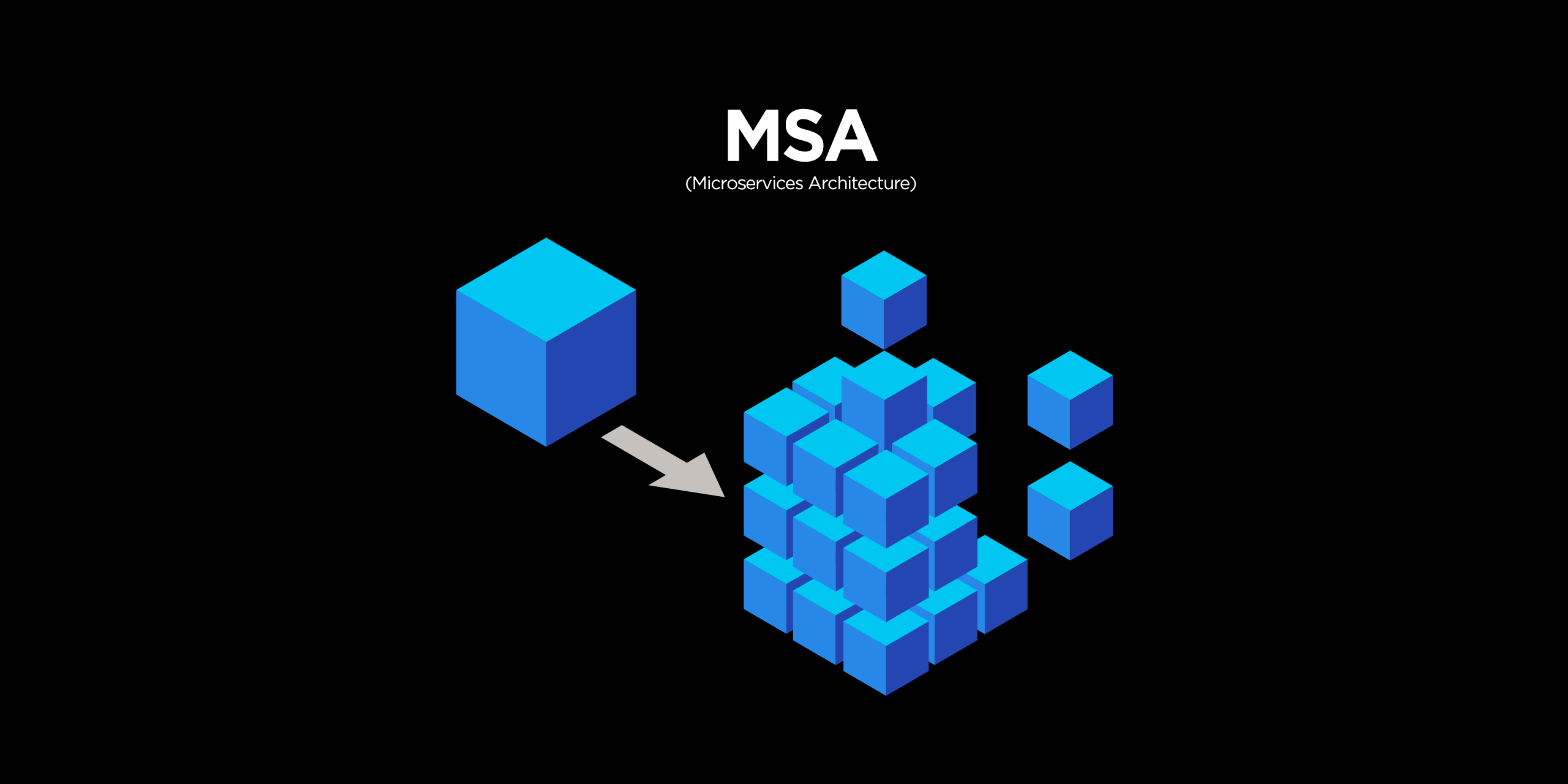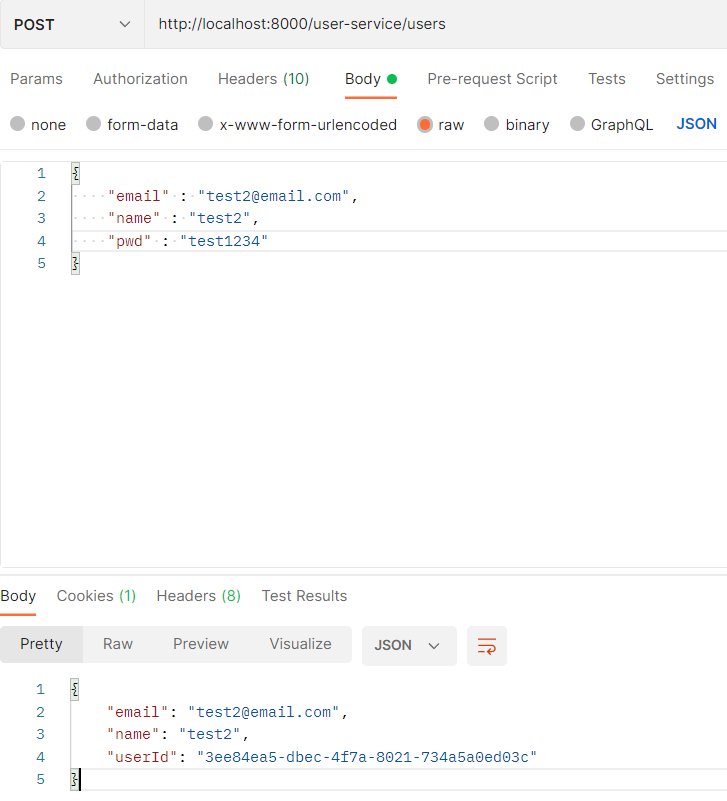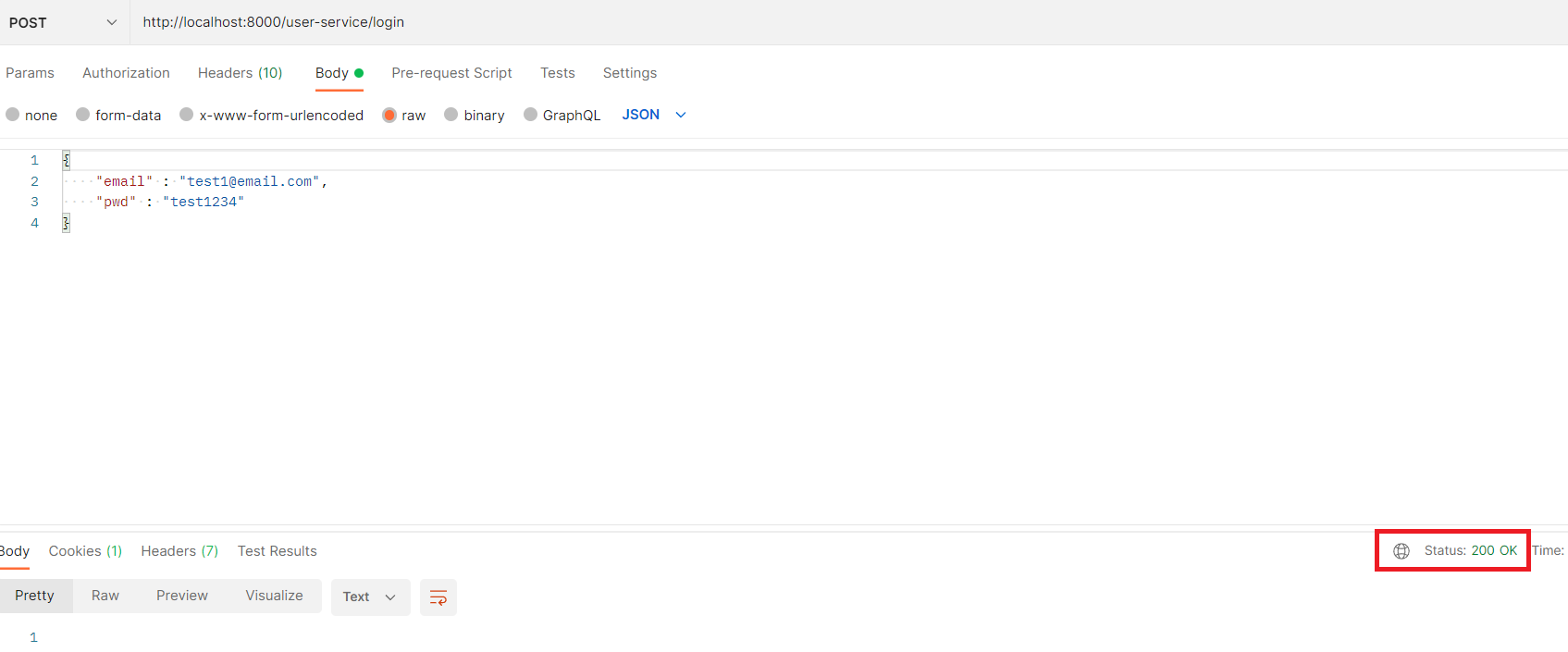
🔨Login 데이터 모델 생성
@Data
public class RequestLogin {
@Email
@NotNull(message = "Email cannot be null")
@Size(min = 2, message = "Email not be less than 2 characters")
private String email;
@NotNull(message = "Password cannot be null")
@Size(min = 8, message = "Password not be less than 8 characters")
private String pwd;
}UsernamePasswordAuthenticationFilter 상속 class 생성
public class AuthenticationFilter extends UsernamePasswordAuthenticationFilter {
//로그인 요청을 보냈을 때 로직
@Override
public Authentication attemptAuthentication(HttpServletRequest request,
HttpServletResponse response) throws AuthenticationException {
try {
RequestLogin creds = new ObjectMapper().readValue(request.getInputStream(), RequestLogin.class);
//인증정보 생성
return getAuthenticationManager()
.authenticate(
new UsernamePasswordAuthenticationToken(
creds.getEmail(), //id
creds.getPassword(), //pw
new ArrayList<>() //권한 정보
)
);
} catch (IOException e) {
throw new RuntimeException(e);
}
}
//로그인 성공했을 때 로직
@Override
protected void successfulAuthentication(HttpServletRequest request, HttpServletResponse response, FilterChain chain,
Authentication authResult) throws IOException, ServletException {
}
}security의 UsernamePasswordAuthenticationFilter를 구현하여 로그인 요청을 보냈을 때와 로그인을 성공 했을 때 로직을 정의한다.
Security 설정 변경
@Configuration //다른 bean들 보다 우선순위를 앞으로
@EnableWebSecurity //security 어노테이션
@RequiredArgsConstructor
public class WebSecurity extends WebSecurityConfigurerAdapter {
private final UserService userService;
private final BCryptPasswordEncoder passwordEncoder;
private final Environment env;
//권한
@Override
protected void configure(HttpSecurity http) throws Exception {
http.csrf().disable();
//http.authorizeRequests().antMatchers("/users/**").permitAll(); //기존 모두 ok
http.authorizeRequests().antMatchers("/**")
.permitAll()
.and()
.addFilter(getAuthenticationFilter());
http.headers().frameOptions().disable(); //h2 console error 해결을 위해
}
private AuthenticationFilter getAuthenticationFilter() throws Exception {
AuthenticationFilter authenticationFilter = new AuthenticationFilter();
authenticationFilter.setAuthenticationManager(authenticationManager()); //spring security에서 제공하는 manager 객체
return authenticationFilter;
}
//인증
@Override
protected void configure(AuthenticationManagerBuilder auth) throws Exception {
auth.userDetailsService(userService).passwordEncoder(passwordEncoder); //사용자가 전달한 id와 pw를 통해 로그인 처리를 security가 해줌
}
}기존의 모두 permit()해주던 코드에서 filter를 통해 거르도록 설정을 변경해 주었다. 여기서 중요한 것은 마지막 인증 코드인데. UserDetailsService를 상속받은 userSerivce가 필요하다.
public interface UserService extends UserDetailsService {
ResponseUser createUser(UserDto userDto);
UserDto getUserByUserId(String userId);
Iterable<UserEntity> getUserByAll();
}interface로 정의된 UserService에 UserDetailsService를 상속시켜주고
@Service
@RequiredArgsConstructor
public class UserServiceImpl implements UserService{
...
@Override
public UserDetails loadUserByUsername(String username) throws UsernameNotFoundException {
UserEntity userEntity = userRepository.findByEmail(username);
if(userEntity == null) throw new UsernameNotFoundException("user가 존재하지 않습니다.");
return new User(userEntity.getEmail(), userEntity.getEncryptedPwd(), true, true, true, true, new ArrayList<>());
}
}우리가 지정한 email 로그인 방식에 따라 email로 회원을 검색 후 User 객체를 반환하도록 코드를 작성했다.
Gateway 설정 변경
...
# - id: user-service
# uri: lb://USER-SERVICE
# predicates:
# - Path=/user-service/**
- id: user-service
uri: lb://USER-SERVICE
predicates:
- Path=/user-service/login
- Method=POST
filters:
- RemoveRequestHeader=Cookie
- RewritePath=/user-service(?<segment>.*), /$\{segment}
- id: user-service
uri: lb://USER-SERVICE
predicates:
- Path=/user-service/users
- Method=POST
filters:
- RemoveRequestHeader=Cookie
- RewritePath=/user-service(?<segment>.*), /$\{segment}
- id: user-service
uri: lb://USER-SERVICE
predicates:
- Path=/user-service/**
- Method=GET
filters:
- RemoveRequestHeader=Cookie
- RewritePath=/user-service(?<segment>.*), /$\{segment}
...기존의 설정을 주석처리하고 user-service를 다음과 같이 세분화 하여 설정해준다. 그리고 User Controller도 수정해주어야 하는데
@RequestMapping("/")해당 부분만 이렇게 수정해주자.
요청해보기

다음과 같이 정상적으로 요청된 결과를 반환받을 수 있고

security에서 기본 제공되는 login을 통해 post로 요청했을 때 정상 반환되는 것을 확인할 수 있다.
